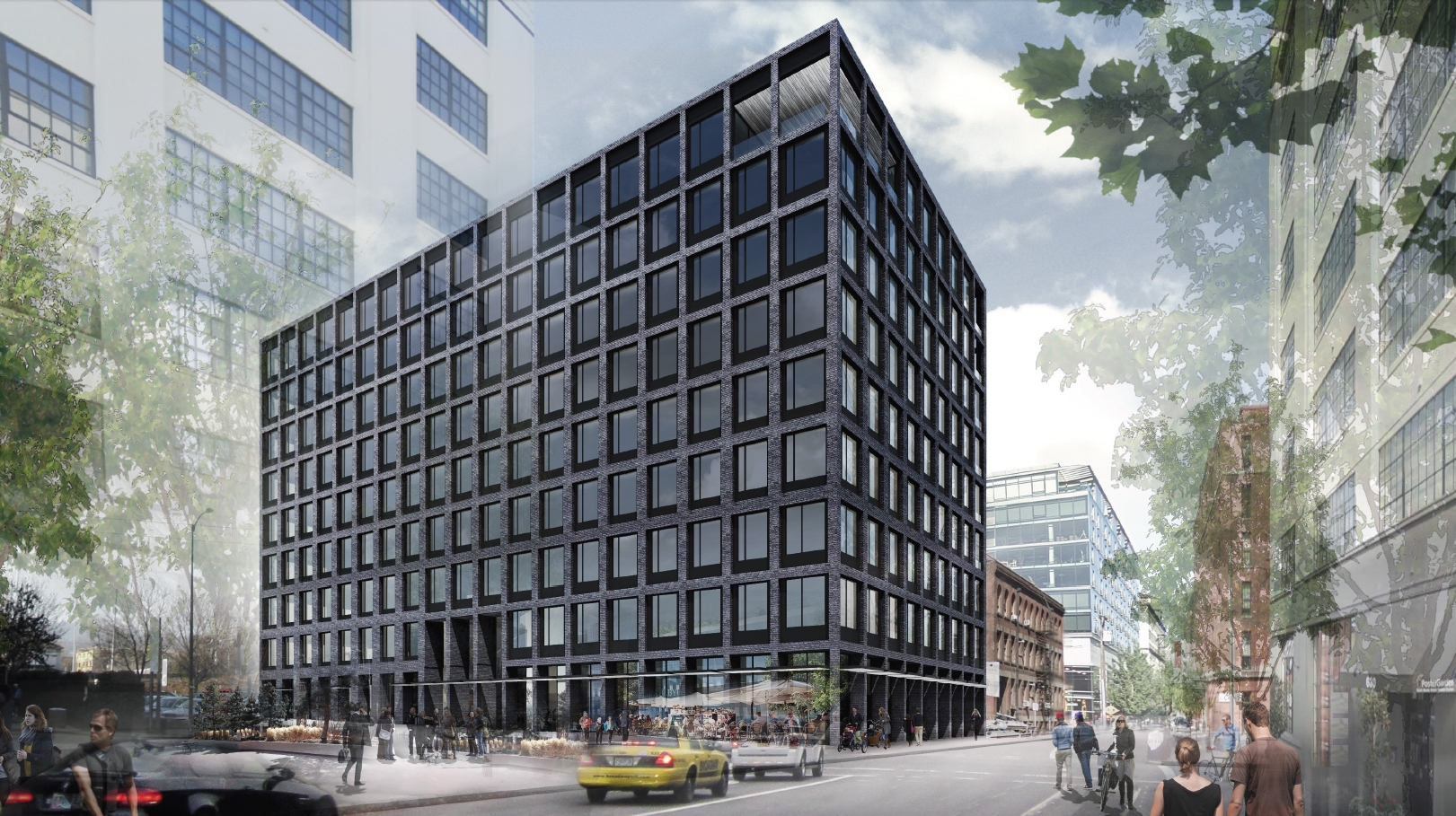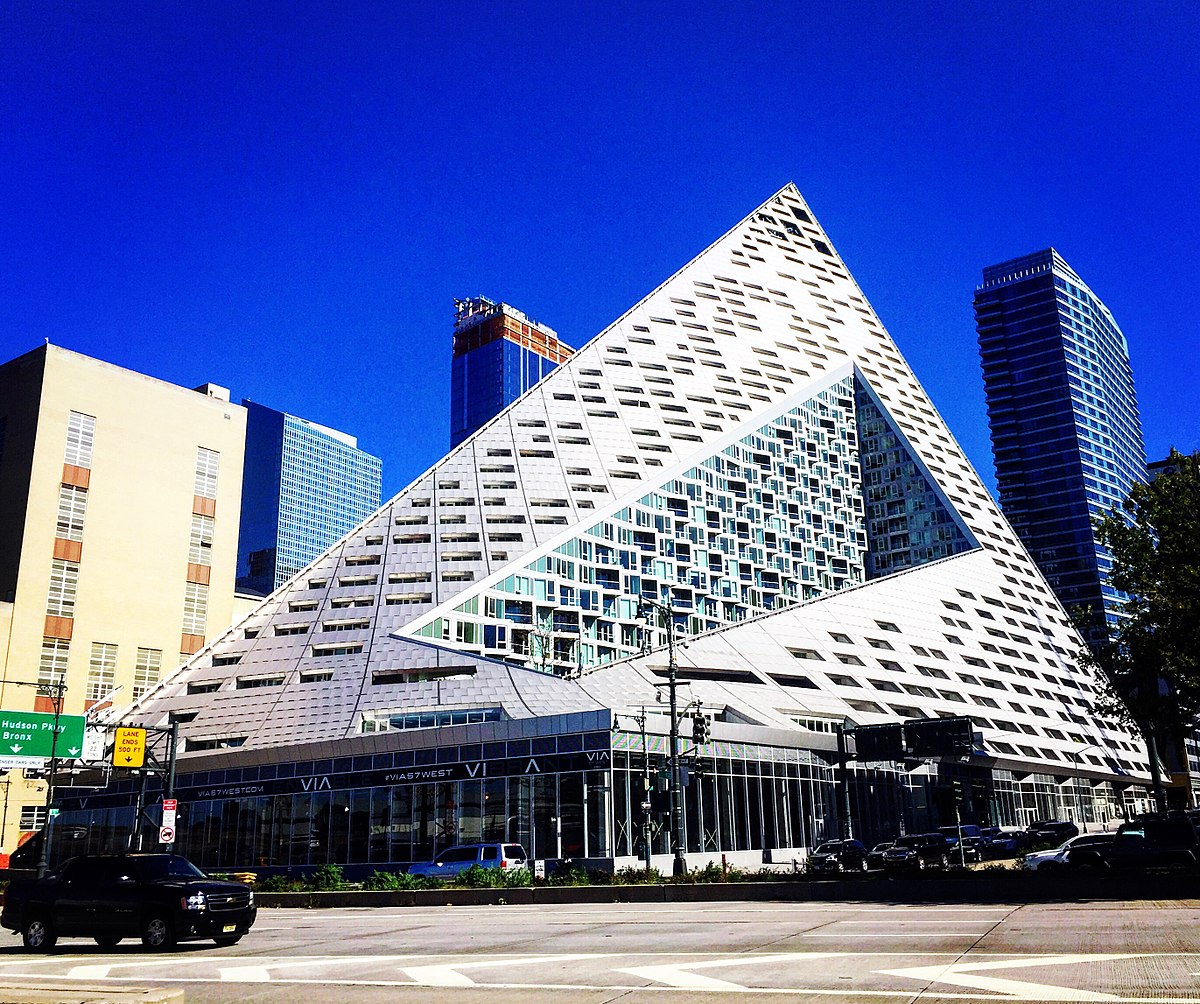Sustainability is a hot topic in the real estate industry these days, as more and more people are seeking out environmentally-friendly homes and buildings. There are many different ways that the real estate industry is embracing sustainability, from the use of energy-efficient appliances and materials to the incorporation of green spaces and features that promote eco-friendliness.
The “Green Building” era
One trend in the real estate industry that has gained traction in recent years is the construction of green buildings. These buildings are designed with sustainability in mind, using materials and methods that are more environmentally friendly and energy-efficient. Some of the features that green buildings may include are solar panels, rainwater harvesting systems, and energy-efficient appliances and materials, such as double-paned windows and insulation.
Solar panels are a popular feature in green buildings, as they provide a clean, renewable source of energy. Solar panels can be installed on the roof or other exterior surfaces of a building, and they can generate electricity that can be used to power the building’s lighting, appliances, and other systems. Rainwater harvesting systems capture and store rainwater that can be used for things like watering plants and flushing toilets. These systems can help to reduce a building’s water usage and decrease its environmental impact.
Appliances and materials that are more energy-efficient can include things like double-paned windows, insulation, and Energy Star-rated appliances. Using these types of materials and appliances can help to reduce a building’s energy consumption and lower its energy costs. Green roofs, which are covered in vegetation, can also be a feature of green buildings and have benefits such as reducing stormwater runoff, increasing insulation, and improving air quality. In addition to these features, green buildings may also include features such as recycling systems, composting facilities, or bike storage.
Examples of green buildings around the world
The Bullitt Center in Seattle is a six-story office building that was designed to be the greenest commercial building in the world. The building features a range of sustainable features, including a green roof, rainwater harvesting systems, and solar panels.

Bullitt Center – Seattle
The Pearl-West Building in Boulder, Colorado is a mixed-use building that was designed to be LEED Platinum certified (the highest level of certification offered by the US Green Building Council). The building features a green roof, solar panels, and energy-efficient appliances and materials.

Pearl West – Portland
The Bjarke Ingels Group’s Via 57 West building in New York City is a mixed-use residential building that was designed to be energy-efficient. The building features a unique pyramidal shape that maximizes the use of natural light, reducing the need for artificial lighting. The building also has a green roof, rainwater harvesting systems, and other sustainable features.

Via 57 West – New York
Renovating older buildings
Renovating older buildings to make them more sustainable is another trend in the real estate industry. There are many different ways that older buildings can be updated to be more environmentally friendly and energy-efficient. Some of the things that can be done during a renovation include updating the building’s insulation, replacing old windows with more energy-efficient models, and installing solar panels or other renewable energy sources. By updating these buildings to be more sustainable, property owners can save money on energy costs and reduce their environmental impact.
For example, the Empire State Building in New York City (an iconic skyscraper that was built in 1931) in 2011 underwent a major renovation that included the installation of energy-efficient windows, insulation, and lighting systems. The renovation also included the installation of a cogeneration plant, which provides electricity and heating for the building. As a result of these changes, the Empire State Building has been able to significantly reduce its energy consumption and carbon emissions.
Developing mixed-use projects
Mixed-use projects, which combine residential, commercial, and retail uses in a single development, can be more sustainable than standalone buildings. By including a mix of uses in a single development, property owners can reduce the amount of land that is developed and encourage people to walk or use public transit instead of driving. This can help to reduce carbon emissions and improve air quality. In addition, mixed-use projects can create more vibrant and livable communities, as they provide residents with access to a range of amenities and services within walking distance.
Participating in Sustainability Programs
There are many sustainability programs that property owners can participate in to demonstrate their commitment to sustainability. For example, the LEED (Leadership in Energy and Environmental Design) program is a widely-recognized green building certification system that recognizes buildings that are designed and constructed in an environmentally-friendly manner. Property owners can also participate in other sustainability programs, such as the ENERGY STAR program, which recognizes energy-efficient appliances and products.
Conclusion
In addition to green buildings and renovations, many real estate developers are incorporating sustainability into their projects by including features like green spaces, walking and cycling paths, and other amenities that encourage sustainable living. These features can make a development more attractive to potential buyers or renters who are looking for environmentally-friendly options.
Overall, we can see how sustainability is an important factor in the real estate industry, and there are many different ways that developers, builders, and property owners are embracing it.
Join the Top Real Estate Experts and Get Started with BuiltMind
Schedule a demo with us to discover how BuiltMind can help your business.

